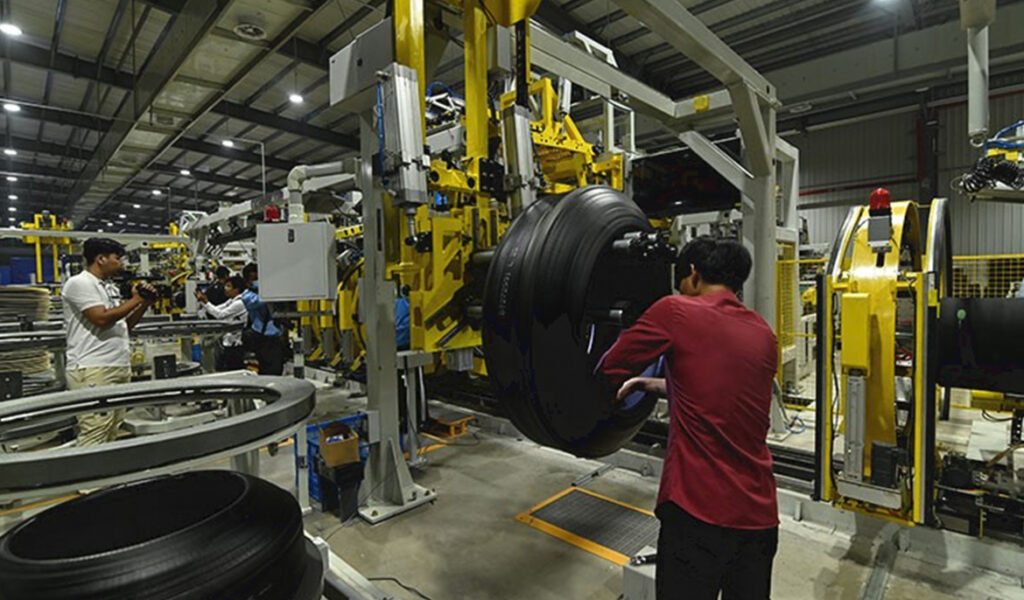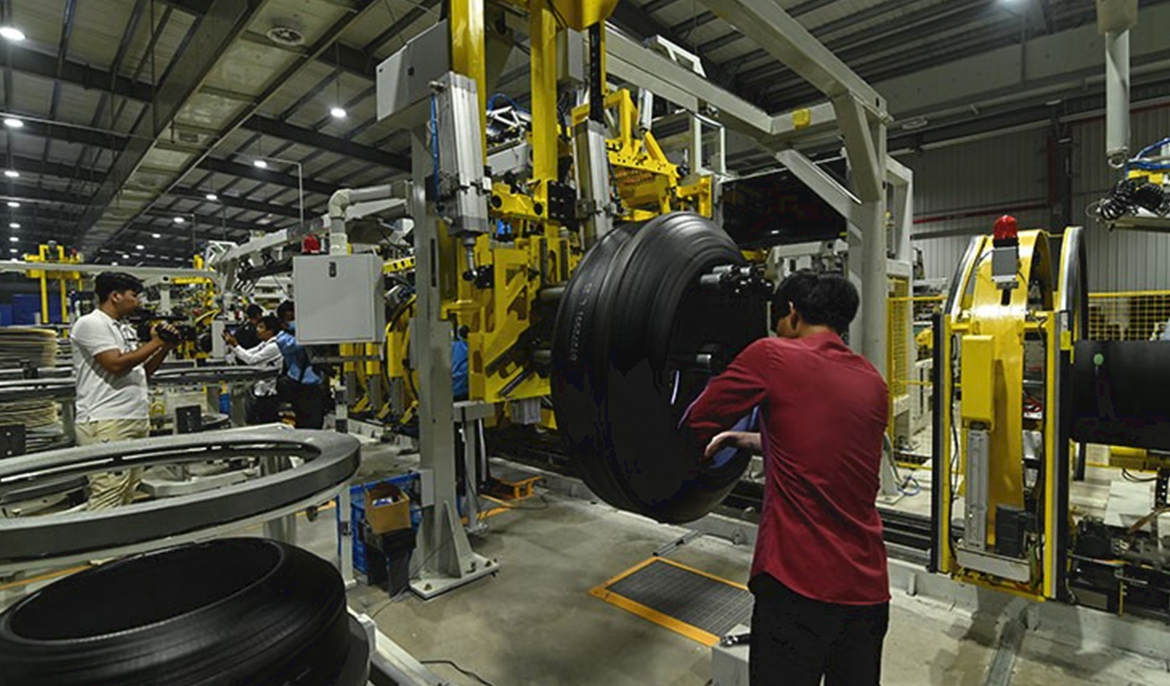The Cambodian government is prioritizing the diversification of its industrial sector by transitioning from labour-intensive industries to knowledge-based and high-tech industries. With a 15.7 percent export growth in 2024, the government is positioning Cambodia as a regional production hub.
The economy is projected to achieve a growth rate of approximately 6 percent of GDP in 2024 and around 6.3 percent in 2025, as outlined in the medium-term public finance framework. The industrial sector remains a key driver, contributing about 8.5 percent to economic growth in 2024 and is projected to expand by approximately 8.6 percent in 2025.
Speaking at the closing ceremony of the Annual Review 2024 and 2025 Planning Conference of the Ministry of Industry, Science, Technology & Innovation (MISTI) on Wednesday, Permanent Deputy Prime Minister Vongsey Vissoth, who also serves as the Minister in Charge of the Office of the Council of Ministers, highlighted Cambodia’s increasing economic diversification over the past decade.
He noted that the Kingdom has established more trading partnerships and attracted increasing investments in high-value sectors beyond the garment industry, such as electronic component manufacturing and automobile assembly. As a result, both garment and non-garment manufacturing have become the largest contributors to the country’s economic growth.
“Exports in 2024 grew by 15.7 percent and more Cambodian products are entering regional and international markets,” he said. “In the medium and long-term development process, Cambodia must strengthen and accelerate the development of its industrial sector and adapt and diversify the economic structure and base that have supported growth for more than two decades to suit the current socio-economic situation, so that it can continue to sustain high growth in the long term and become more resilient.”
Despite the remarkable achievements and progress made in 2024, MISTI continues to face several challenges that require greater attention.
Vongsey Vissoth highlighted some key issues, including the limited number of officially registered economic entities engaged in production and industrial activities, which account for only 16 percent of the total businesses in these sectors. Additionally, the vast majority of small and medium-sized enterprises, approximately 97 percent, still operate within the informal economy, preventing them from establishing connections with larger enterprises and foreign investment companies.
Product registration, safety certification, and standardization remain inadequate, posing further obstacles to industrial development. Access to water supply networks is also a concern, as connections are primarily concentrated in urban areas with limited expansion into rural communities.
“Therefore, Cambodia needs to continue to strengthen the investment climate and further enhance competitiveness to attract both domestic and foreign investment, especially by attracting industries that are changing their production bases to prepare to become alternative manufacturing hubs,” he said.
He emphasized the need to accelerate the development of small and medium-sized enterprises (SMEs) in alignment with the evolving regional and global landscape. This includes improving the entrepreneurship and innovation ecosystem while addressing key challenges in logistics, telecommunications, and the digital sectors, as well as reducing production and transportation costs.
“In particular, Cambodia also needs to increase labor productivity by strengthening and developing human capital through health promotion, education and technical skills training, with the aim of attracting non-traditional and high-value-added industries. In line with global trends, Cambodia must be prepared to embrace the implementation of environmental, social and governance (ESG) principles and green industrial development,” Vissoth said.
Minister of Industry, Science, Technology & Innovation Hem Vanndy stated that in promoting the development of the industrial and services sectors, MISTI has been focusing on advancing Industry 4.0 in line with emerging global trends.



